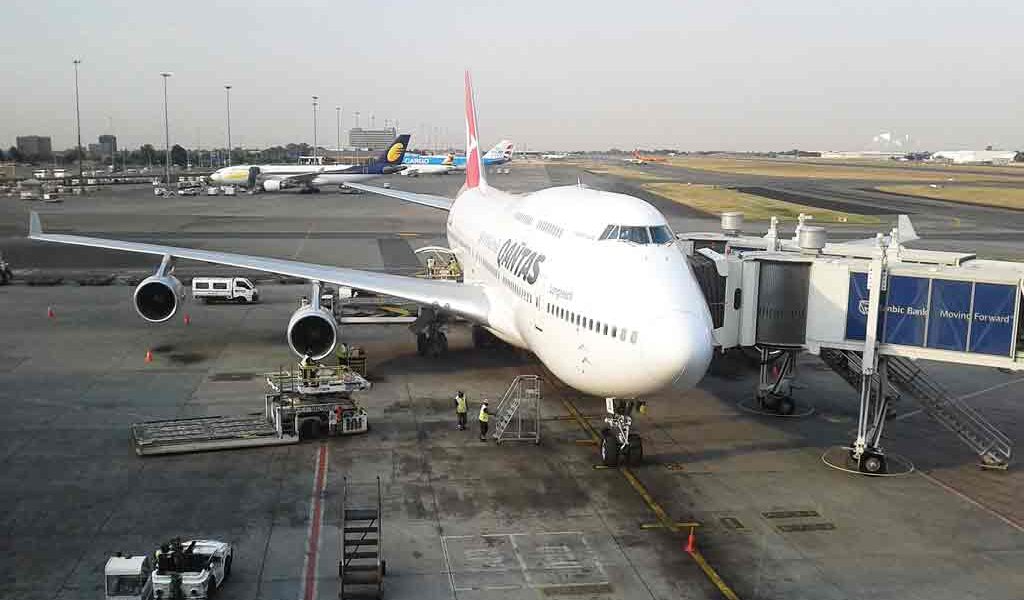Kago Komane
The African aviation market probably has the most potential for growth out of all global regions. This is according to the Aviation Benefits – IHLG Report which credits this to it being a young industry with a large and increasing population.
However, according to the report, this potential may not be fully translated into real air traffic growth. According to ICAO’s long-term traffic forecasts, passenger traffic for the Africa region is expected to grow by around 3.8 per cent annually up to 2032 but be slightly slower than world total growth. For freight traffic, the region is projected to grow by 2.1 per cent annually for the same period as passenger traffic, the slowest growth rate among all regions. This increase will, in turn, drive growth in the economic output and jobs that are supported by air transport in the next decade. By 2034, it is forecasted that the impact of air transport and the tourism it facilitates in Africa will have grown to support 12 million jobs (78 per cent more than in 2014) and a USD 198 billion contribution to GDP (a 173 per 76 cent increases.
“The first and most obvious condition to realizing aviation’s benefits and, consequently, supporting the attainment of the AU Agenda 2063 is to improve compliance with ICAO’s global standards. It is necessary to establish and/or align infrastructure programmes and plans at the national/regional level that are consistent with the ICAO global strategic plans for aviation, and stimulate common and interoperable air transport systems,” it reads in part.
However, it remains difficult for African States and aviation stakeholders to access funds and or ensure financing for the modernization and expansion of their infrastructure (such as airports, runways, telecommunication equipment, air cargo warehousing, meteorology facilities, etc.). For example, the
infrastructure and investment required for the aviation sector is not well covered by the Programme for Infrastructural Development for Africa (PIDA) and the New Partnership for Africa’s Development (NEPAD), including the Move Africa initiative. Of the over 50 projects under the PIDA, no more than three projects involve civil aviation, despite the predication that 17 airports on the African continent will be saturated by 2020.
The report further states that international assistance platforms for infrastructure development in Africa, such as the Tokyo International Conference on African Development (TICAD) and the Forum on China-Africa Cooperation (FOCAC), have also paid limited attention to the aviation sector. In addition, the slow implementation of the Yamoussoukro Decision creates regulatory impediments to operational freedom and investments in aviation, and therefore results in lower connectivity in the continent and less competitiveness of African airlines. Only 20 African States committed to implementing the Single African Air Transport Market (SAATM) established in the framework of the Yamoussoukro Decision.
In the region, it is reported that skills shortages are also posing a considerable short-term obstacle to growth, with a lack of adequately trained pilots, air traffic controllers, engineers, as well as tourism industry personnel. “Africa needs more and better trained personnel to meet not only current requirements but also the needs for future growth and new technologies.”

